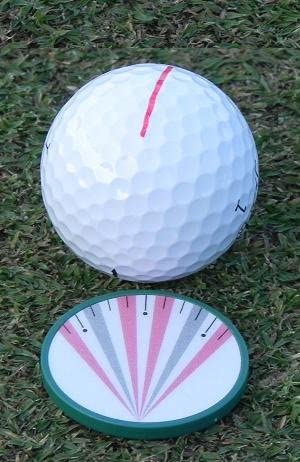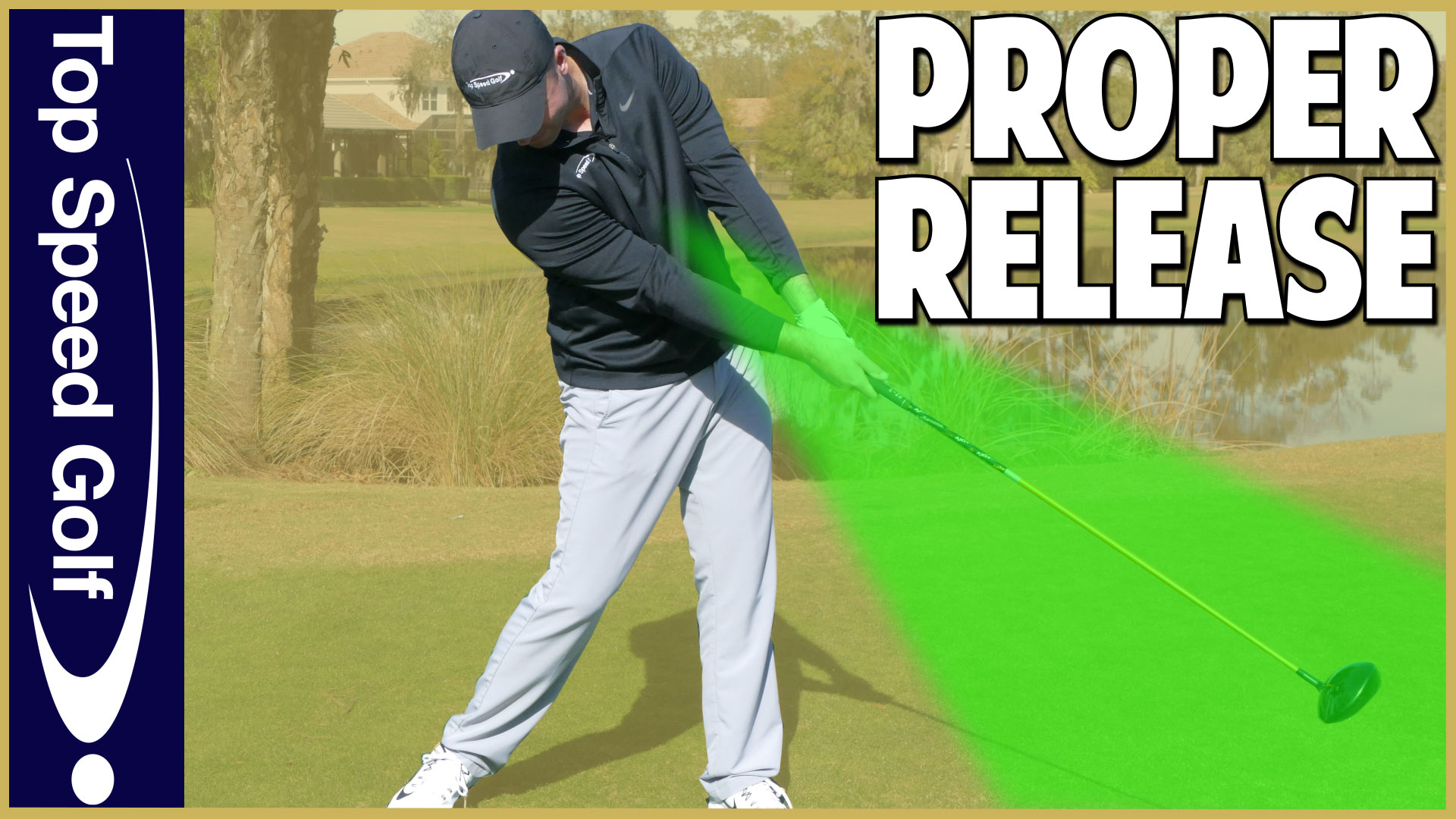
Start with a solid grip and set-up. The downswing is the most important part of the golf swing. To hit more accurate shots, you will need to have the right setup and grip. These aspects are important to master, so practice makes perfect. Follow these simple principles to make your game better. You don’t need to be an expert athlete. You'll soon improve your golf swing.
Installation
A good golf swing can only be as effective as its setup. A good setup can make your game more enjoyable. Here are the key factors to remember when setting yourself up for a successful golf swing. For a successful swing, the address position is crucial. Your grip and club should be aligned correctly.
Grip

Golfers most often have trouble with the downswing. While the arms move vertically in front and behind the body, the majority of golfers keep their hands behind the body. This transition, also known as lag, is important for maintaining compression and making sure you hit a solid shot. 11 videos from the RST video-player learning system focus on this basic motion. Here's how to do this correctly. Continue reading to learn how to properly transition your hands.
Stance
There are many things to think about when determining the correct stance to play golf. You must first choose your target. This will be your guide and should not change for each shot. This step is often overlooked by golfers. It is important to know your target before you begin your swing. You can make each shot count if you know your target. This article will discuss the importance of setting a target for each shot. Continue reading for more information on how to determine the best position for your golf swing.
Downswing
The downswing is an important part of the golf swing. It will determine the distance and accuracy of your shot. Your right arm drives the swing while your left arm supports it. The downswing in golf requires precision, and the downswing must be short enough to make a significant impact on the trajectory and distance of your ball. The length of the round depends on the ball flight.
Weight shifting
While the proper weight shift is crucial to your golf swing it can often be hard to master. You could be making the wrong weight change if you find it difficult to maintain balance while swinging. Incorrect weight shift can lead to a range of other problems, including a golf slice. Learning how to properly weight shift can help you improve your golf swing, as well as correcting common problems such a golf slice. This article will cover the importance weight shift and five drills that can help.
Follow these steps

In the correct golf swing, a golfer should have high hands as they finish their swing. A straight trajectory will be achieved with a high-hand. On the other hand, low hands may mean that you have an out-to-in swing, which will lead to a slice or blocked to the right shot. It could also mean that your club isn't hitting the ground correctly. This could cause a painful finish or other problems. Correct your grip, face alignment, as well as the path of the club to avoid this problem.
Stop following an impact
One tip for avoiding standing up after finishing your golf swing is to focus on the top of your head. This will allow your head to stay still at impact, allowing your spine angle to remain constant. If your backswing makes you feel like you have to stand up, this is a sign that you are not doing it right. Instead of standing up at impact and bending forward, try to keep your arms and shoulders straight. This is the best way to prevent standing up while you're playing golf.
FAQ
How can I practice my golf swing properly?
Practice makes perfect! Every sport requires practice. You have to practice if your goal is to improve your ability to play golf. You must practice until your swing is mastered.
Both hands should be used. You should start with the shortest shots. Next, move onto longer drives. Next, practice chipping or putting.
What is a "par"?
Par refers to the number of strokes needed to complete a hole. The sum of all the individual scores is used to calculate the score.
In a round, there are 18 holes. Each hole has a different rating. "Par 3" is the highest-rated hole. It is three strokes away. "Par 5" is the lowest-rated hole. It is located five strokes from hole.
What's the difference in a driving range and an 18-hole putting green?
A driving range lets players practice hitting balls from 50-300 yards. Players use putting greens to practice their skills.
What are the different types?
There are many different types of courses for golf. Some courses are made for beginners, others for more experienced players.
Some golf courses are located near lakes, rivers, mountains, and forests. Others are found in urban areas. There are many golf courses, from public parks to private estates.
What is a bogey?
A bogey is an imaginary number used as a target for golfers. It is not actually part of the game but rather a way of keeping score. The hole is won by whoever shoots closest.
The concept of a bogey was invented by Jock Hutchison, the first professional golfer from Scotland. The idea was formed while he was playing at home.
He wanted to keep track on how he was doing against his own self, so he wrote a number down on a piece o paper and stuck it to the wall above him bed. This was later called the "Hutchy Bogey."
What type of clothing should you wear to the course?
When playing golf, you need to dress appropriately. You should wear:
-
Good shoes - The shoes that you wear on the golf course should fit your feet comfortably. They should provide stability and support.
-
Lightweight trousers and shorts - The bottom of the pants should reach your knees. Trousers should not be too long to allow for easy bending.
-
Long-sleeve shirt - The shirt should be able to protect you from the heat. It should provide good ventilation.
-
Shorts or sweatpants - Pants should not be tight and uncomfortable. They should allow freedom of movement.
-
Socks
-
Hat – Choose a hat which fits well. It should cover your neck and ears.
-
Sunscreen lotion - Apply sunscreen before you leave for the golf course.
When is the best time to play golf in the year?
Playing golf between May-September is the best time. There is rarely any rain during this period and the temperatures are usually moderate.
It can get very cold in winter. In addition, snowfall makes it difficult to walk the fairways.
Spring and autumn can be difficult because the grass grows too high.
Statistics
- They do this by means of assessing and rating courses according to the average good score of a "bogey golfer," a player with a handicap of around 20. (en.wikipedia.org)
- Professional golfers typically make between 60% and 70% of greens in regulation. (en.wikipedia.org)
- In the United States, the number of people who play golf twenty-five times or more per year decreased from 6.9 million in 2000 to 4.6 million in 2005, according to the [51] (en.wikipedia.org)
- Professional golfers typically make between 60% and 70% of greens in regulation. (en.wikipedia.org)
External Links
How To
How to hit the perfect Bunker Shot
A bunkershot is a type if golf shot where you aim your ball at a specific spot (the hole) in order to ensure that the ball doesn't bounce off of the surface. This is done by taking advantage of the slope of the green. The idea is to get the ball into the most direct path possible towards the hole.
Golf is all about finding the best line to get to your goal point. Consider factors like how far you are from your target, the terrain, whether the ball should bounce off the ground, or fly straight, as well as weather conditions.
Understanding the laws of physics is essential to executing a flawless bunker shot. First, decide if you're going uphill and downhill. A drawing club is required if you are facing uphill. You will need to swing with a fade if your face is downhill. Next, determine the speed at which your body can move to stop the ball hitting the green. Measure the angle between the ball's head and the direction it is traveling. You will also need to determine the size of the bunker that you are aiming for.
These are the basics of swinging. As you would with any other shot, swing hard enough for the ball to go past the club head. But slow enough to keep the ball from bouncing off green. You can start your approach once you have found the right speed, trajectory and direction. Approach the ball slowly until you are close enough to see the landing area. After you have taken one last look at your ball, release it. If all goes according plan, you will be able to make a perfect bunker shot.